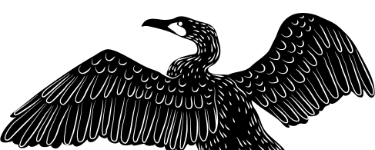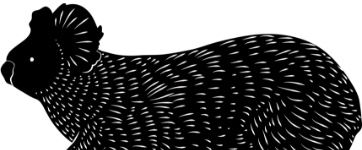Explore the other unique habitats and ecosystems native to Wangaratta.
EXPLORE
The Stream
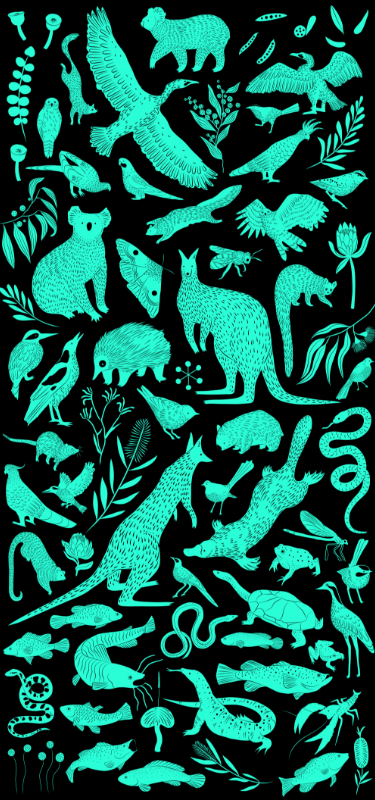
Engage with this story on the Water Tower between Sunset and 23h. You’ll have 5 minutes to walk around the tower and experience this ecosystem come to life.
INTERACT
Experience the Stream
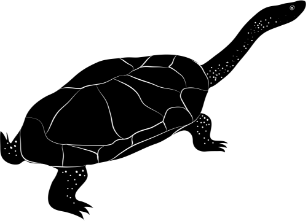


Deeper in, you’ll find the Southern Pygmy Perch Fish and the River Blackfish, both of which are threatened and endangered species. A Freshwater Catfish fringed mustache might brush your leg as it swims close to the sand at the bottom, where the Murray Spiny Crayfish marches along the riverbed. Further along still you’ll find Broad Shelled Turtles sliding expertly into the water, primarily preying upon frogs, crustaceans, aquatic insects, and small fish. If you dive under the water you’ll see a busy Platypus, spending an average of 12 hours a day hunting for food. The Platypus digs freshwater Yabbys out of the riverbed with their snouts and use their cheek pouches to carry prey to the surface.


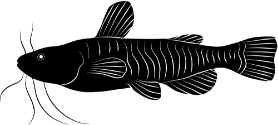
As you float, above you’ll see the Caddisfly flitting around, and below you, a world of life glistens in the sunlight filtering through the waters surface. The largest freshwater species in Australia, the Murray Cod is the king of the water, inhabiting a remarkably wide variety of habitats, from cool, clear, fast-flowing streams — to large, slow flowing, meandering rivers in the extensive alluvial lowland reaches of the Murray-Darling basin. The Trout Cod, preferring cooler waters than the Murray Cod, has a very similar diet, eating mainly other fishes, freshwater mussels, crustaceans, aquatic insects, small mammals and even water fowl.
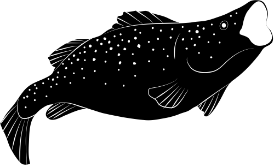
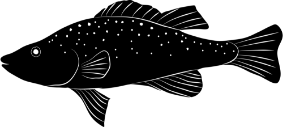
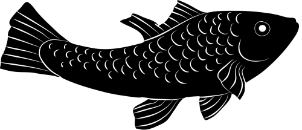
Welcome traveller, to the streams and rivers of Wangaratta and surrounds. Immerse yourself gently into the waters of the Ovens and King Rivers, maybe float on your bank, and let the river take you downstream. The region contains numerous representative river sites, including several important and nationally significant wetlands such as the lower reaches of the river, extending from the confluence of the Ovens and King rivers to Lake Mulwala. Downstream of Wangaratta, the river and its floodplain support native fish habitats and an ibis breeding site.
‘How are we going to honour this relationship with the very thing, the very earth, the very waters, the very air, the very sky, that gives us life and existence?’
AUNTY JANET Turpie-johnston
AUNTY JANET Turpie-johnston

The Stream


